Buy State Bank of India Ltd For Target Rs. 1,025 by Axis Securities Ltd
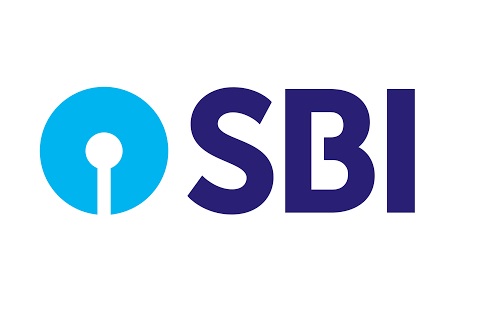
Steady Ship Amidst Turbulent Macros; 1% RoA Delivery to Continue!
Est. Vs. Actual for Q1FY26: NII – Marginal MISS; PPOP – BEAT; PAT – BEAT
Changes in Estimates post Q1FY26
FY26E/FY27E (in %) NII: -3.8/-2.1; PPOP: 0.8/0.1; PAT: 0.7/1.0
Recommendation Rationale
Growth buoyancy to continue: SBI has seen strong growth in the Home Loans and SME segments and expects the momentum to continue. The growth in the Xpress credit segment has been muted for the past few quarters. The bank has seen stress emerging amongst the low net income government employee customer segment, owing to over-leveraging. Consequently, SBI consciously slowed down the pace of growth. However, the demand is gradually picking up from Q2 onwards, and the bank is also re-looking at growth in certain segments it had placed on the back burner earlier. The higher prepayments, a common phenomenon in a declining rate cycle in the corporate portfolio, have been a growth dampener. The bank has let go of an opportunity of ~Rs 120 Bn, citing unfavourable risk-reward. Additionally, a few large corporates have tapped the CP market, where rates are attractive, denting the corporate book by another ~Rs 160-180 Bn. However, the corporate sanctions pipeline remains strong at Rs 7.2 Tn, and SBI expects double-digit corporate growth to resume from Q2 onwards. The management has continued to guide for 12-13% growth in advances for FY26.
Confident on Maintaining Domestic NIMs at 3%: In Q1FY26, SBI’s Domestic/Global NIMs contracted by 13/10 bps QoQ to stand at 3.02/2.9%. The increase in CoF during the quarter was on account of higher flows into TDs and lower CASA balances. Currently, 30.2% of the portfolio is EBLR-linked, 30.7% is MCLR-linked, 22.6% is fixed rate, and 15.9% is T-bill-linked. Thus, NIMs will continue to contract in Q2, reflecting repo rate changes. However, the bank is confident of maintaining domestic NIMs at 3% in FY26, driven by recovery in margins in H2. The CRR cut (releasing ~Rs 520 Bn) and the benefit of the rate cut actions taken on SA and TDs flowing in the CoF from Q3 onwards, should support margin recovery. We expect NIMs to remain range-bound between 3.0-3.2% over FY26-28E.
Asset Quality–No Cause of Concern: The management has reiterated that the bank does not expect any major asset quality headwinds in any of its segments. The SME segment asset quality continues to hold up well, in contrast to the stress highlighted by certain banks. Of the Rs 79.4 Bn slippages in Q1, the bank has been able to pull back Rs 15.9 Bn so far. The management remains confident of containing slippages at 0.6% in FY26. Thus, with no major asset quality challenges in sight and a healthy recovery pipeline (guidance of Rs 7-8 Bn in FY26), we expect asset quality to remain stable. This will keep credit costs under check.

Sector Outlook: Positive
Company Outlook: SBI remains well-poised to sustain its growth momentum, supported by its comfortable LDR, providing it with leverage to accelerate credit growth. While near-term pressures are expected to be visible on NIMs, benefit from deposit rate cuts, which will reflect in CoF from H2 onwards, should support NIM recovery. The bank is making concentrated efforts to contain Opex growth by focusing on improving productivity and maintaining the C-I Ratio at <50% across cycles. Asset quality does not pose challenges, and thus, credit costs should remain benign. Collectively, this should ensure a comfortable 1% RoA delivery over FY26-28E. The recent QIP has strengthened the Tier I capital, adequate to fuel medium-term growth.
Current Valuation: 1.25x FY27E ABV; Earlier Valuation: 1.25x FY27E ABV
Current TP: Rs 1,025/share; Earlier TP: Rs 1,025/share
Recommendation: We maintain our BUY recommendation on the stock.
Alternative BUY Ideas from our Coverage:
ICICI Bank (TP: Rs 1,650), HDFC Bank (TP: Rs 2,300), Kotak Mahindra Bank (TP: Rs 2,500)
Financial Performance
• Operational Highlights: Advances grew by 12/1% YoY/QoQ, in line with our expectations. Retail and SME book growth was healthy at 13/2% and 19/4% YoY/QoQ, respectively. Corporate book de-grew by 3% QoQ but grew by 6% YoY. Deposits growth was ahead of our expectations and stood at 12/2% YoY/QoQ. This growth was driven by TDs (+14/3% YoY/QoQ), while CASA Deposits growth stood at 8%/flat YoY/QoQ. CASA Ratio stood at 37.8% vs 39.1/38.4% YoY/QoQ. LDR remains comfortable at 76.7% vs 76.5/77.4% YoY/QoQ.
• Financial Highlights: NII was flat YoY but declined 4% QoQ, largely owing to sharper-thanexpected margin compression. Domestic/Global NIMs stood at 2.9/3.02% vs 3.0/3.15%. Noninterest income growth was healthy at 55% YoY, driven by healthy treasury income. Opex growth was controlled at 8/-22% YoY/QoQ. Employee Opex was up 9% YoY but down 6% QoQ, while other expenses growth stood at 6/-38% YoY/QoQ. C-I Ratio stood at 47.7% vs 49.4/53.3% YoY/QoQ. PPOP grew by 15/-2% YoY/QoQ. Credit costs stood at 46 bps vs 37/63 bps YoY/QoQ. PAT increased by 12/3% YoY/QoQ.
• Asset Quality remained stable with GNPA/NNPA at 1.83/0.47% vs 1.82/0.4% QoQ. Slippages during the quarter stood at Rs 84 Bn with a slippage ratio at 0.8% vs 0.9/0.4% YoY/QoQ. Asset quality across segments was largely stable sequentially.
For More Axis Securities Disclaimer https://simplehai.axisdirect.in/disclaimer-home
SEBI Registration number is INZ000161633
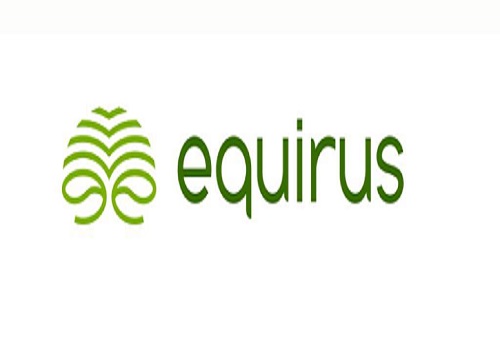



.jpg)



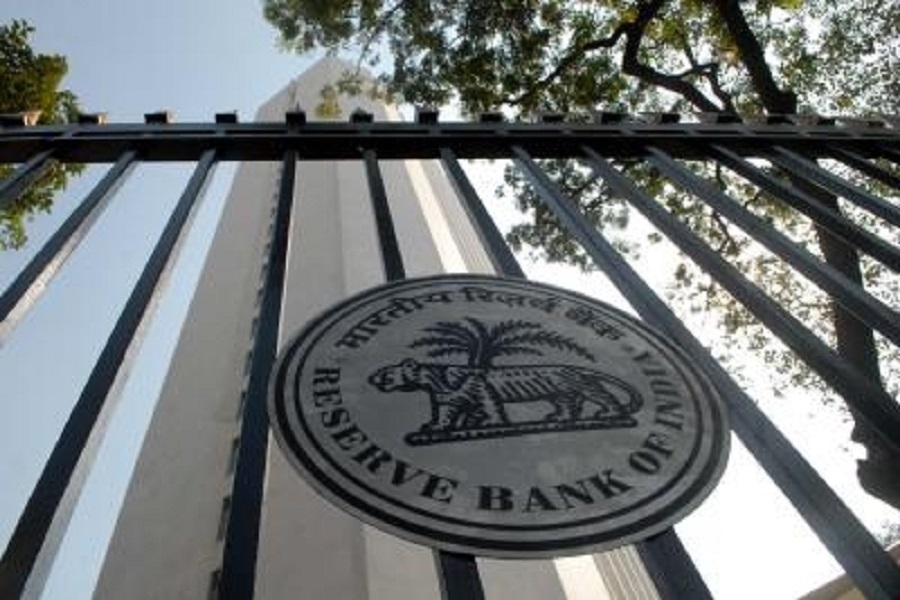






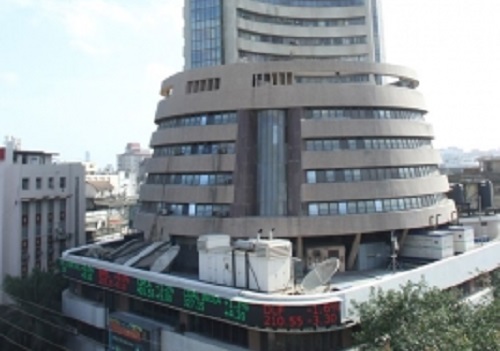
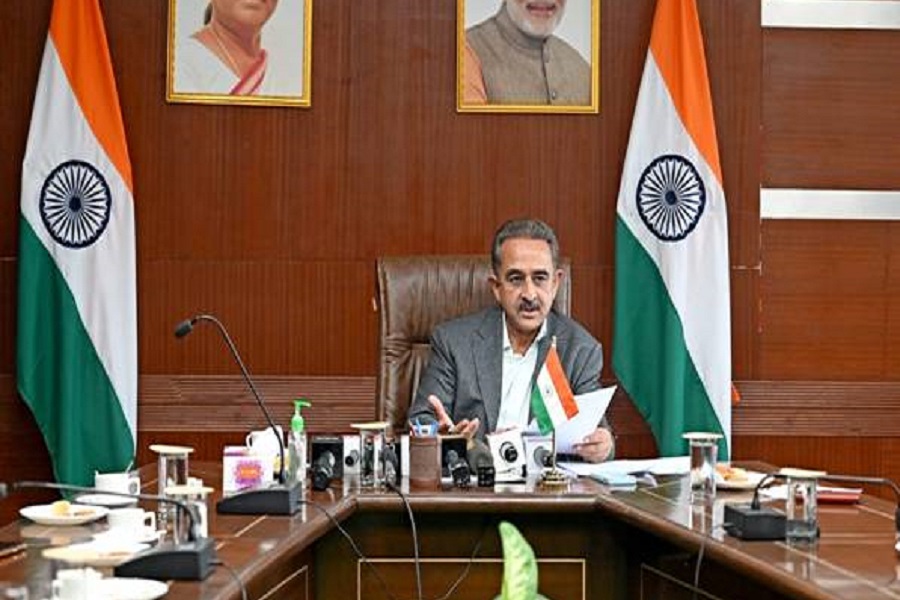


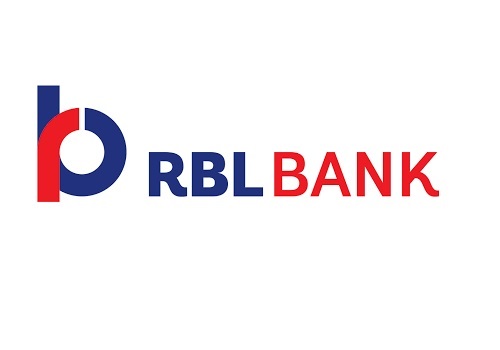

.jpg)

